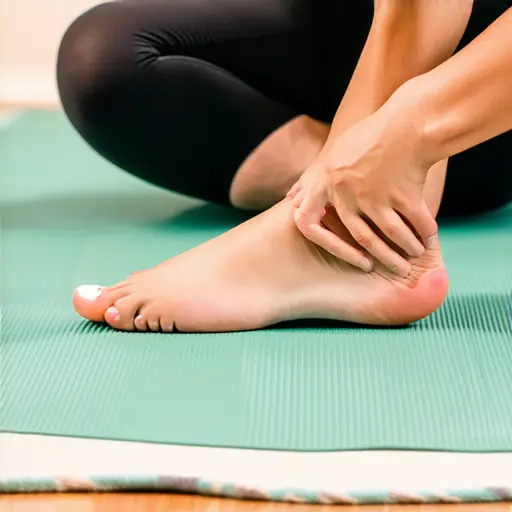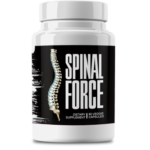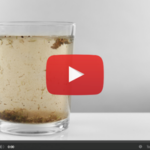This Village-Made Chinese Pain Reliever Eliminates Back And Joint Pain!
Can Exercise Help Osteoarthritis in Feet? Experts Weigh In

Can Exercise Help Osteoarthritis in Your Feet? Here’s What the Experts Say
If you're dealing with osteoarthritis in your feet, you might be asking yourself: "Should I be moving more or resting?" Here's some good news—when done right, exercise can actually be one of your best allies in managing pain, keeping mobile, and protecting your joints. In this guide, we'll break down how exercise affects foot arthritis, which activities work best (and which to avoid), plus practical tips to stay active without making things worse.
Getting to Know Osteoarthritis in Feet
What Exactly Is Foot Osteoarthritis?
Osteoarthritis (OA) isn't just "getting older"—it's when the cartilage that cushions your joints gradually wears away. In your feet, this often hits the big toe (ever heard of hallux rigidus?), midfoot, or ankle. Unlike rheumatoid arthritis (which comes from an overactive immune system), OA is all about wear-and-tear, leaving you with pain, stiffness, and less flexibility.
How to Spot Foot Osteoarthritis
Catching osteoarthritis in your feet early gives you a better shot at managing it. Watch for:
- Pain that sticks around after you've been on your feet
- Morning stiffness that feels like your joints are glued together
- Swelling or tenderness that makes shoes feel tighter
- Trouble moving your toes or ankles like you used to
- Creaky noises (that "crunchy" feeling when you move)
Why Me? Common Causes and Risks
While age plays a role, other factors stack the deck:
- Too much wear-and-tear: From sports injuries or jobs that keep you standing
- Extra weight: Every pound adds pressure to your feet
- Family history: Thanks, Mom and Dad
- Foot shape issues: Like bunions or flat feet that change how you walk
Exercise and Your Aching Feet: The Good, The Bad, and The Science
Why Movement Actually Helps
Here's the cool part—smart exercise works like oil for your joints. It boosts synovial fluid (nature's joint lube) and strengthens the muscles that support your feet. One 2023 study even found that regular low-impact exercise slowed OA damage by 40% in people with mild to moderate symptoms.
Can Exercise Make It Worse?
Absolutely—if you go about it wrong. Pounding the pavement with running or jumping sports can speed up cartilage breakdown. But here's the catch: not moving at all makes things worse by weakening muscles and stiffening joints. It's all about finding that sweet spot.
Perks of Keeping Active
- Natural pain relief: Exercise triggers those feel-good endorphins
- Stay limber: Keeps joints from turning into concrete
- Weight control: Less weight = less pressure on your feet
- Better blood flow: Brings nutrients to hungry cartilage
Best Exercises for Happy Feet
Easy-on-the-Joints Cardio
- Swimming or water workouts: The water supports your weight
- Cycling: Stationary bikes are especially joint-friendly
- Elliptical machine: All the benefits of walking without the ouch
Strength Moves Your Feet Will Love
Stronger muscles mean less work for your joints. Try:
- Towel scrunches: Grab a towel with your toes like you're picking it up
- Heel lifts: Rise up on your toes (hold a chair if needed)
- Resistance band work: Flex your foot against the band to build arch strength
Stretches to Keep You Moving
Don't skip these flexibility helpers:
- Calf stretch: Lean into a wall with one leg back
- Toe stretches: Gently pull your toes back to fight stiffness
- Ankle circles: Roll them slowly in both directions
Exercises That Might Backfire
High-Impact No-Nos
- Running: If you must, choose grass over concrete
- Jumping sports: Basketball and volleyball can be brutal
- Marathon standing: If your job requires it, take micro-breaks
When to Pump the Brakes
Your body talks—listen to it. If pain lingers more than 2 hours after exercise, you've overdone it. Dial it back next time.
Pro Tips for Exercising With Foot OA
Start Slow, Win the Race
Begin with baby steps—10 minutes, 3 times a week. Gradually work up to 30 minutes daily as your feet adjust.
Shoe Smarts
Your sneakers matter more than ever. Look for:
- Good arch support and cushioning
- Roomier toe boxes (bye-bye, squished toes)
- Say no to sky-high heels or completely flat shoes
Pain vs. Discomfort: Know the Difference
A little stiffness during movement? Normal. Sharp, stabbing pain? Your cue to stop and adjust.
Extra Help for Your Exercise Routine
Physical Therapy Magic
A good PT can tailor exercises to your specific foot issues and walking pattern.
Orthotics to the Rescue
Custom inserts or braces can take pressure off sore spots.
Eat to Beat Inflammation
Load up on omega-3s (think salmon and walnuts), turmeric, and leafy greens to calm joint irritation.
Real People, Real Results
Success Stories
Take Sarah, 58, who cut her pain by 60% after six months of swimming and toe exercises.
Long-Term Wins
Many people report needing less pain medication, sleeping better, and even ditching their canes!
Wrapping Up
Key Points to Remember
- The right kind of exercise does help foot osteoarthritis
- Strength and flexibility work matter just as much as cardio
- Combine movement with other therapies for best results
You've Got This!
While osteoarthritis in your feet might be chronic, it doesn't have to call the shots. Start small, keep at it, and celebrate every victory—your future self will thank you!
Have you found exercises that help your foot arthritis? We'd love to hear what works for you—drop your tips in the comments!








